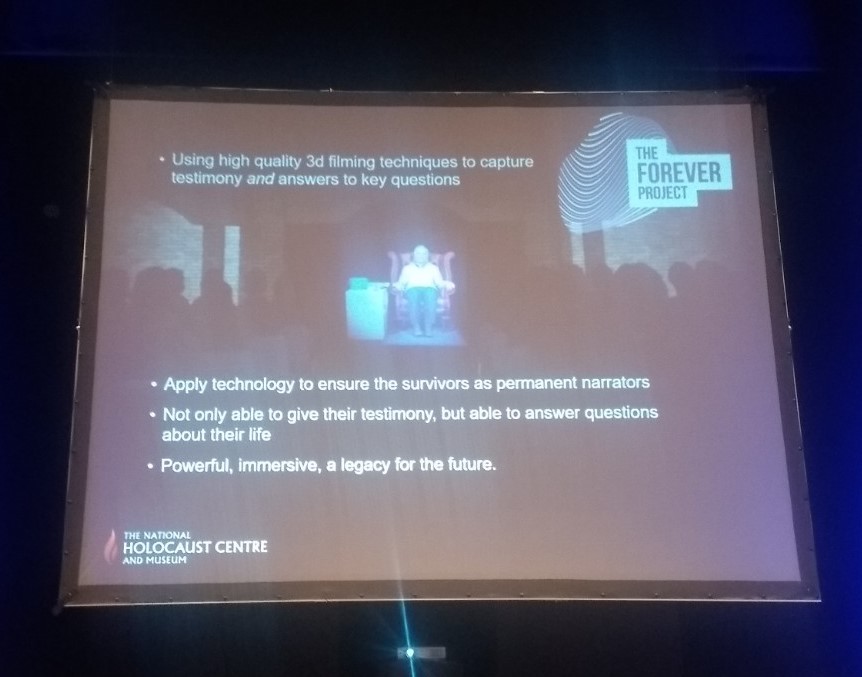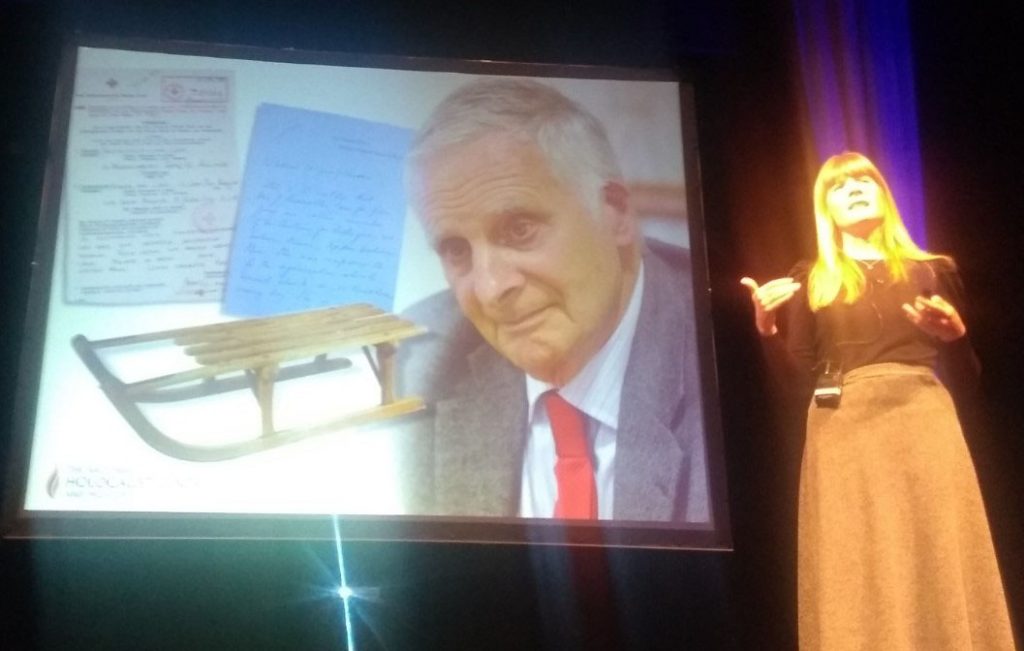Held in the attractive Nottinghamshire market town of Newark (or Newark-on-Trent to give it its full name) and dominated by the picturesque ruin of Newark Castle by the river Trent, the theme of this year’s annual Association of Independent Museums (AIM) conference was ‘How to be a great destination’. To give a flavour of this I thought I would share some notes from three different but absorbing talks:
Bletchley Park
Iain Standen, CEO of Bletchley Park Trust, and Hilary McHGowan, external consultant, talked about transforming Bletchley Park, a place billed as “the home of British codebreaking”. Back in 2011 it was a quaint, scruffy and disorganised site ; quite a contrast to the high quality visitor attraction it has now become with an impressive quarter of a million visitors a year.

Some of Hilary’s top tips for creating a successful venue were:
1. Make sure you give a warm welcome with a smile.
2. Make sure people can sit down somewhere pleasant.
3. Make sure there is variety.
4. Give people a “well, fancy that!” experience.
For his part, Iain summarised key aspects as follows:
1. Create a compelling narrative. The story, objects and place (“it happened here” is a tagline) are all important. And it must be about people – not just big names like Alan Turing but all the “ordinary” people who were involved.
2. Have a clear vision of what you want to achieve.
3. Have a sound strategy and plans – these will be the stepping stones to delivering your vision.
4. Have a high quality, visitor-focussed offer: it’s all about “putting visitors at the heart of what we do”. This has meant offering audio-visual interpretation throughout the site, as well as traditional methods such as guidebooks in different languages and human guided tours.
5. Great people: the importance of good customer service extends even as far as the attitude of the car park attendants. Staff are also well-trained and have regular social events to maintain morale. Uniform and name tags are also important and staff have to be put in the right roles.
6. Make your own luck. The Duchess of Cambridge visited which added to the media profile. And exhibiting props and costumes from the movie ‘Imitation Game’ on site also enhanced exposure.
The Mary Rose
Helen Bonser-Wilton, Chief executive of the Mary Rose, talked about how the Mary Rose has become a leading visitor attraction in the south-east, pointing out that 85% of Tripadvisor reviews are 5 star ones. In a similar way to Bletchley they have also started stories with people (and even animals) and then linked them to artefacts. Other techniques of enhancing visitor experience have included:

1. Using modern science to analyse collections and create interest, such as conducting DNA analysis on the bones of ‘Hatch’, the Mary Rose ratter and finding he was a mix of Jack Russell with dash of Whippet.
2. Using all the senses of sound, smell and touch to reinforce the experience. For example, the sound of creaking wood, the deliberately uneven floor and semi-darkness contributing to the ship-like feeling of the exhibition area – even to the extent that some visitors occasionally get “sea sick”!
3. Using visual media: 66 different films are projected onto the ship. They create a ghostly feel that fits the circumstances of the sinking of the Mary Rose. All actors are staff and volunteers and it was filmed in the museum using a green screen by students from the nearby University of Portsmouth.
4. Low cost educational demonstrations such as Tudor cooking and shipwright hewing timbers using traditional tools.
5. Linking the stories and collection to contemporary life. For example, the nit combs recovered from the ship are virtually the same as modern ones.
6. Using a live actor playing the part of Henry VIII who then inspects the queuing public looking for his next wife! This has gone down well with visitors.
7. Finding people with passion and great people skills and nurturing them…with the warning that you can train people but can’t train out bad attitudes!
The National Holocaust Centre and Museum
The most sobering, powerful and emotionally moving presentation was given by Louise Stafford, Director of Learning at The National Holocaust Centre and Museum. She discussed the tension between difficult history and using digital media as a means to communicate that, urging that we must constantly review and justify our choice of technology when delivering our message.

In common with other speakers, she stressed the centrality of individual stories. For her it is important to look at the different layers starting with individual people; then families and the effects of the holocaust on society in general. Key to that has been utilising the strong relationships the centre has built up with Holocaust survivors. This has enabled them to facilitate school visits so that pupils have the unique opportunity to listen to them sharing their testimonies, something which children find both challenging and inspirational.
But with the passing of time these survivors are ever fewer in number which has led NHCM to ask the important questions: how do we make sure that in future those testimonies and artefacts are protected? How do we ensure that these stories gain national reach? Part of the answer is via new media: capturing testimonies digitally but taking a holistic approach and linking them to artefacts and documents. A “refuge room” in the centre, for example, holds artefacts of which many were brought by children who had left on the Kindertransport when they arrived in the United Kingdom. And a “virtual journey” enables the exploration of a series of ‘virtual spaces’ and shares a narrative based on historical research and testimony. And since this experience has also been virtualised using iOS and Android platforms, students can therefore navigate that virtual environment in their own space, beyond the confines of the centre.

The major part of her talk, however, was about the highly significant “Forever Project”. This has involved recording Holocaust survivors giving answers to a wide range of questions put together by schoolchildren. Filmed in high definition, the process has been an intensive one, taking on average one week per person. Through this recording it has therefore been possible to share the digital testimony of survivors, presented as 3D images, at the Centre. A monitor shows the sitter and members of the public can engage with them using a microphone, with their questions being interpreted using natural language processing- maintaining the ability to ask questions based on what has been heard. Because of this project, therefore, invaluable testimonies have been preserved for future education and learning.